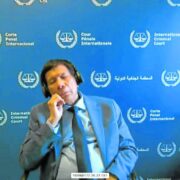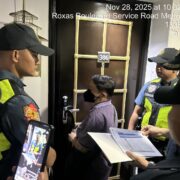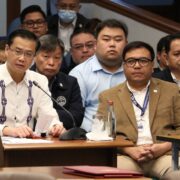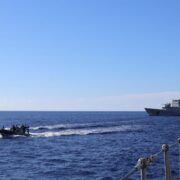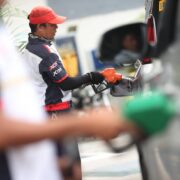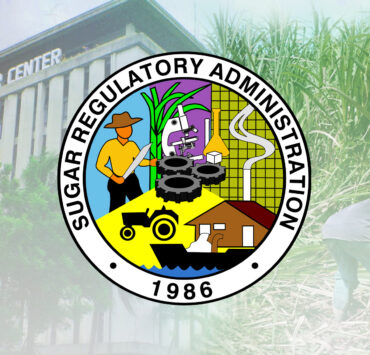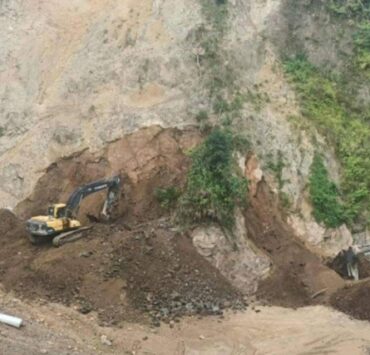Baguio council eyes marker for Ibaloy battle vs Spain
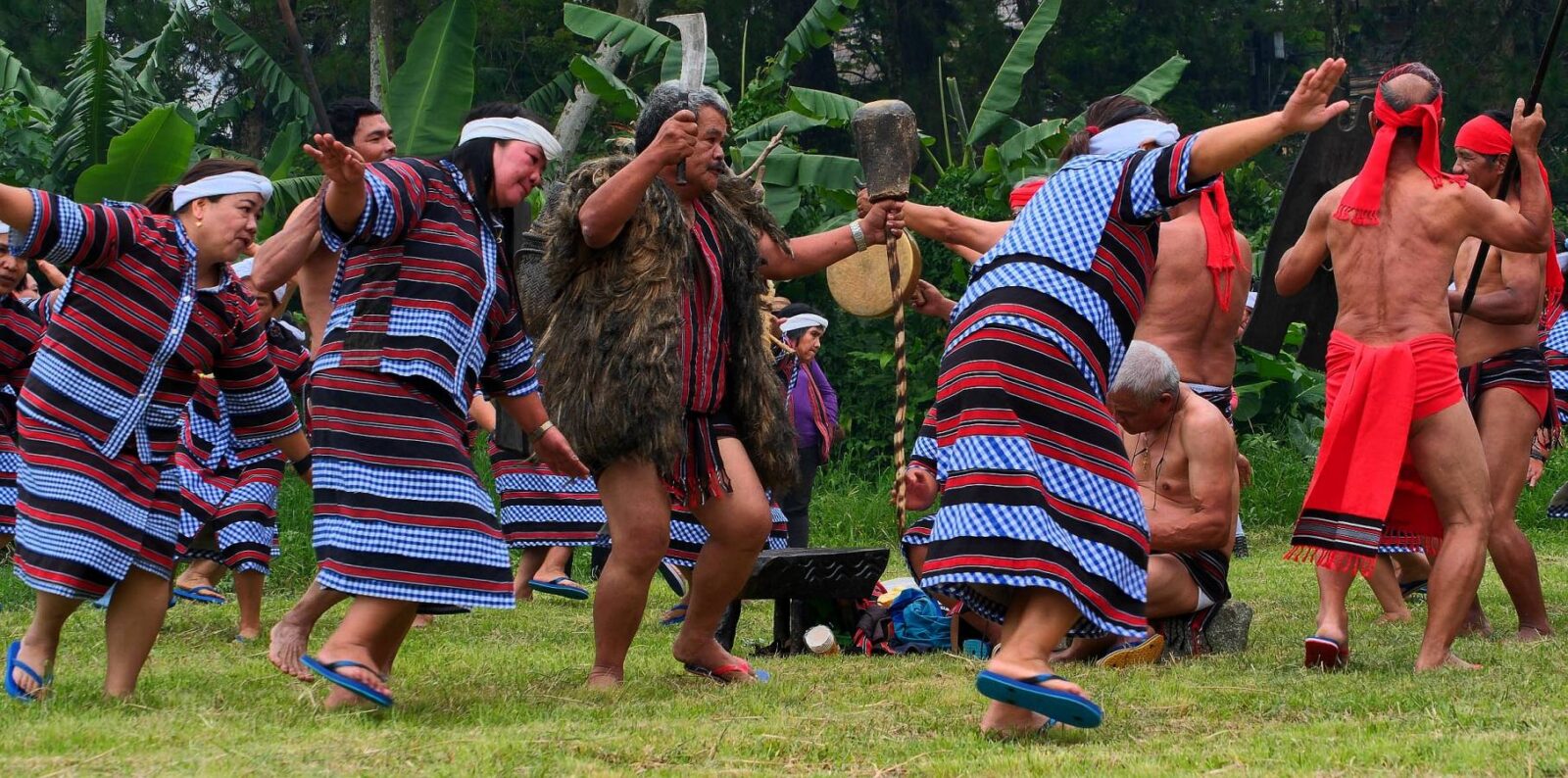
BAGUIO CITY—A little-known battle waged by Ibaloys—to prevent Spanish incursions into their community at the outskirts of what is now Baguio City—may soon get official recognition as an important national event.
One of the last resolutions passed this week by members of the outgoing Baguio council urged the city government’s scholars to research and document the 1759 Battle of Tonglo (also referred to as Tenglo) to make this event eligible for a historical marker.
Historians have written about Tonglo, where local warriors endured five hours of attack from a Spanish expedition that was intent on securing the gold-rich mountains.
Tonglo was razed, according to some stories, but the Spanish officials and the men they conscripted were turned away by Ibaloy defenses.
The Battle of Tonglo first drew the spotlight during the centennial of Philippine Independence in 1998 when it was listed among instances in Philippine history when Filipinos opposed colonization.
“Rekindling” interest in the Battle of Tongo by collating evidence that it had taken place would cement the Ibaloys’ role in achieving Philippine Independence, according to outgoing Councilors Arthur Allad-iw and Maximo Edwin Jr. (who also goes by the clan name Bugnay), the Indigenous Peoples’ Mandatory Representative in the council.
Allad-iw and Edwin sponsored the resolution, which stressed, “The early inhabitants of the city and nearby villages or towns of Benguet have historically defied the entry of Spanish colonialism in the area, and such historic deed was their contribution to Philippine Independence… [which is a] legacy that needs to be shared with the present and future generations.”
The Battle of Tonglo and the Ibaloy leaders who led the charge against Spain are already being studied for inclusion in the Baguio Cultural Map.
The mapping project was undertaken by Baguio’s city planning office. It may soon include gold merchant Lakaaden, who traded with people from Pangasinan and La Union; and Kidit, also called Guilit, who is credited for the Christianization of Ibaloys.
Both played a role in the Battle of Tonglo against an expedition launched by Don Manuel Arza de Urrutia, the “alcalde mayor” of Pangasinan, which cost the lives of 200 Ibaloys who defended their village until the community was eventually overpowered.
Actual location
Part of the new investigations requested by the council resolution involved pinpointing where Tonglo actually was, Allad-iw said, in order to preserve the area as a historical memorial site.
“Tonglo is mentioned frequently in early Spanish accounts, not as a gold mining site but as the center of gold trading,” but scholars have yet to agree about its location, according to a paper written by National Museum director Michael Armand Canilao when he served as research affiliate of the Cordillera Studies Center at the University of the Philippines Baguio.
“The very first Spanish mission center deep within [heathen territory] was established at Tonglo in 1755,” and its Christian resident, Augustinian friar Pedro Vivar, depicts it as “four leguas east of Cava (La Union) in a gully formed by steep mountain,” Canilao wrote in his paper, “The Search for Tonglo: In Pursuit of a Legendary Ibaloi Gold Trading Village,” which was published in the 2012 edition of Philippine Quarterly of Culture and Society.
Canilao said Vivar’s estimate placed Tonglo within today’s Tadiangan village in Tuba or Barangay Irisan in Baguio.




